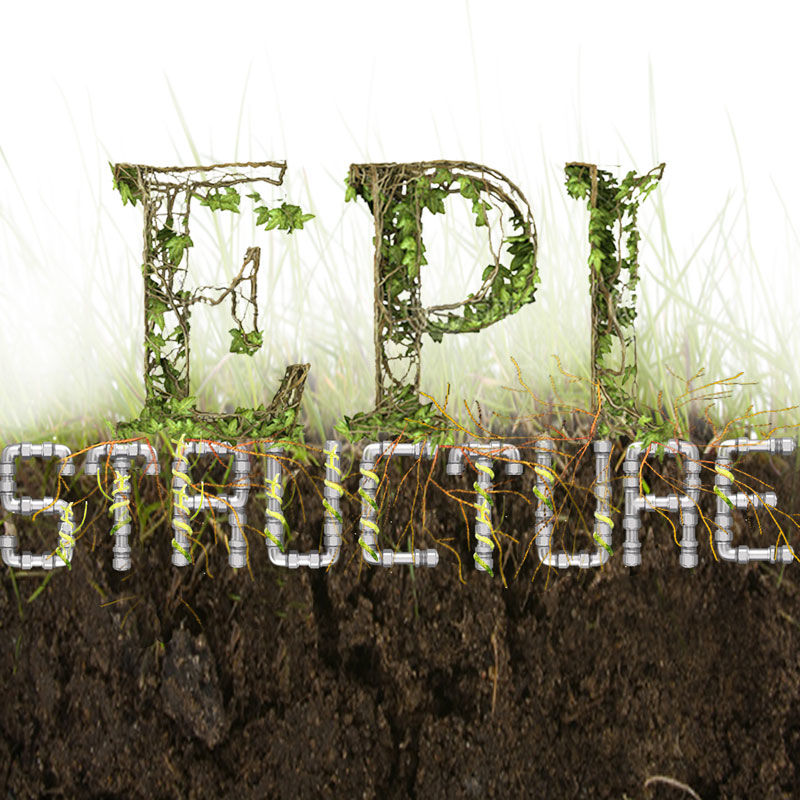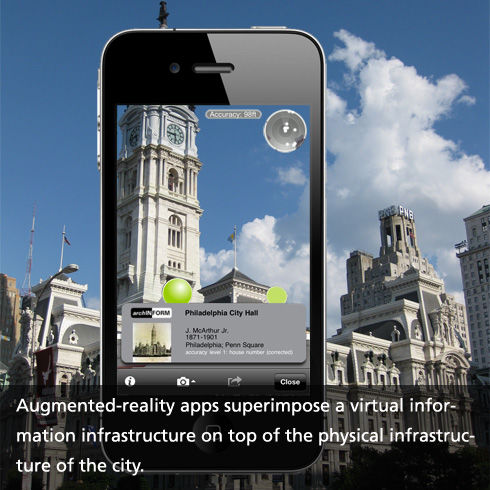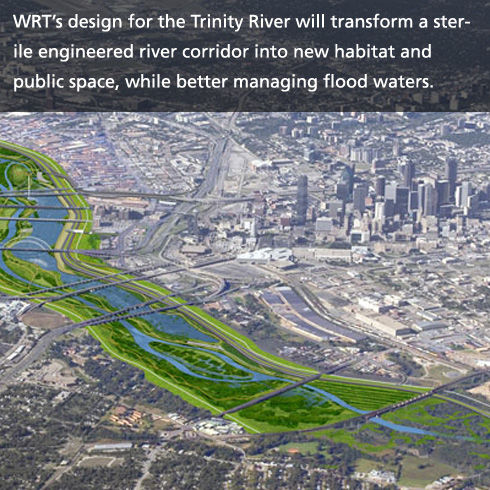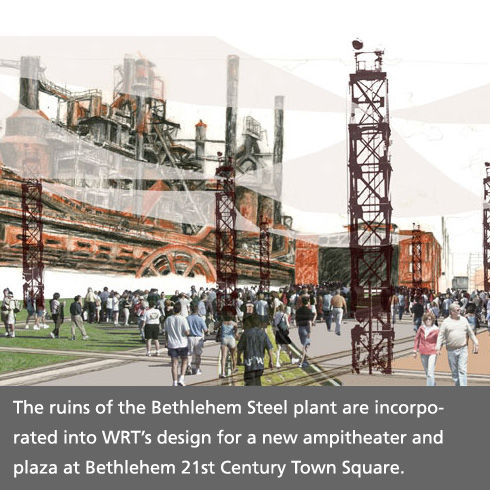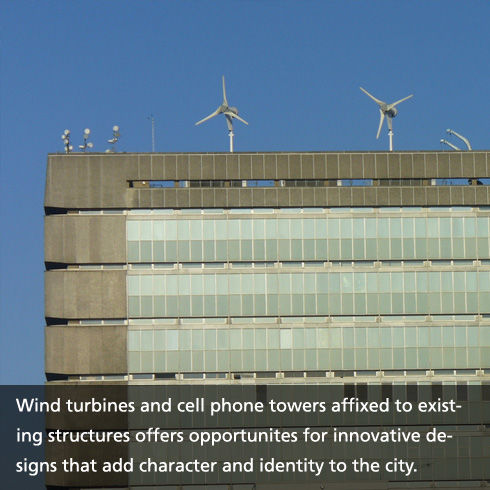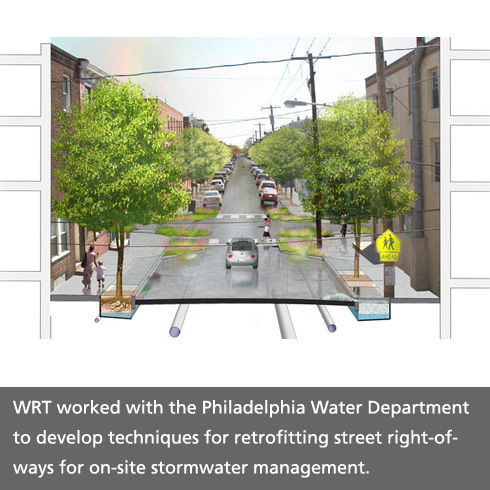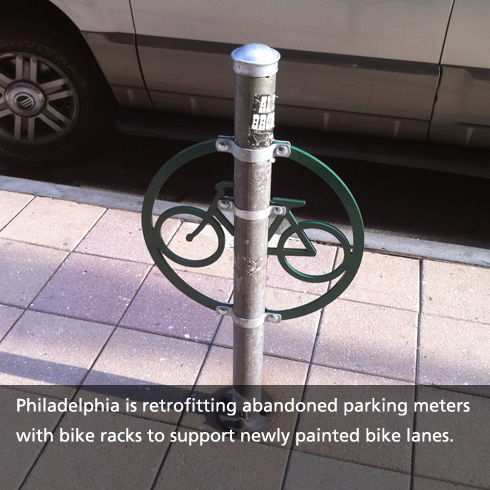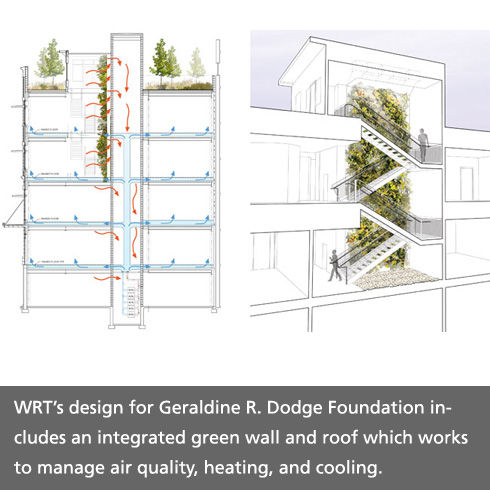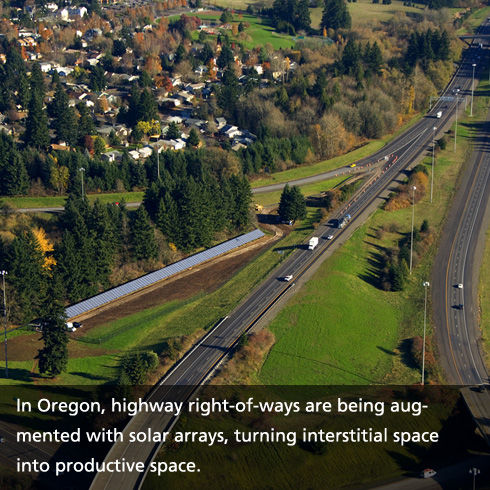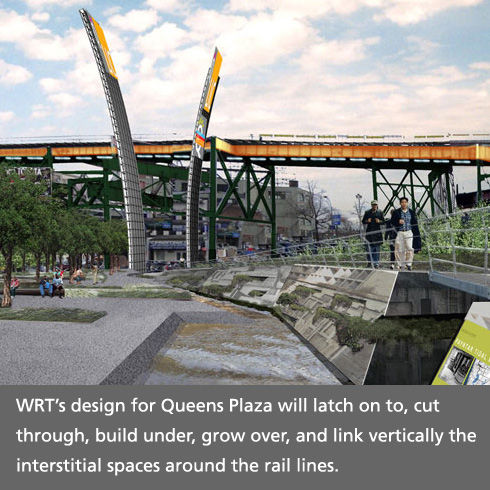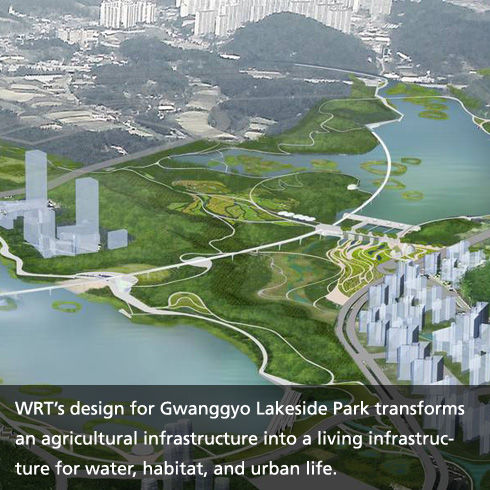The design of infrastructure has the power to dramatically shape urban form and life, functioning as the conduit for the ecological, social, and economic flows of a city. As we continue to retrofit existing city centers to support burgeoning urban populations, innovative and sustainable methods of enabling and managing these flows are needed. An emerging approach to this issue utilizes existing infrastructure as an armature, akin to the way epiphytic plants rely on host plants to augment their capabilities. Infrastructure that enhances or performs new functions while the existing structure that it overlays continues to perform its original function may be called “epistructure.” Epistructure can provide new services, enhance and amplify existing services, or even fully absorb the work of its host.
